JUNE 2022. Blues Vol 38 No. 6.1
- Text
- Wwwbluespdmagcom
- Additional
- Uvalde
- Trooper
- Chiefs
- Responders
- Heroes
- Galveston
- Tango
- Enforcement
- Blues
vised us that their
vised us that their families routinely witness illegal migrants traversing their lands, some in military camouflage. We’ve noted conversations with rugged ranchers, whose only desire is to work the land and make a living for their families, dismally describe the onslaught of migrants crossing their properties, leaving behind a sea of crumpled plastic bottles, feces, old diapers, chicken bones, slaughtered cattle, food containers and in some cases corpses. Some locals are considering leaving the lands their families have labored for generations. Nevertheless, never once did I hear from either the Sheriff, deputies and ranchers that they were not sympathetic to the human tragedies taking place, the trafficking, death, and sustained harm that both citizens and migrants alike have suffered. MANY FACETS TO THE CRISIS There are many facets to this crisis. It’s about the toll on migrants, loaders, communities and local law enforcement officers risking their lives each day. It’s about toddlers dumped at the feet of officers, or worse, in desolate regions of the desert, to divert CBP attention so adults can slip across the border elsewhere. It’s about fentanyl and the mounting death toll. It’s about police, sheriffs, emergency workers and healthcare workers dealing with addiction and overdose in faraway communities. It’s about the national guardsman who died in his attempt to save three migrants and the federal officers and others who have succumbed to suicide due to stress and depression. [7, 8] It’s about the dedicated and intrepid members of CPB, HSI and others working in DHS growing frustrated and despondent due to political posturing by leadership. And it’s about so much more. Alongside the war in Ukraine, the border crisis has become one of the greatest disasters in modern American history. Law enforcement leaders hundreds of miles from the border must realize the crisis will likely reach their jurisdictions. WHAT NON-BORDER JURIS- DICTIONS CAN DO Exactly, how, then, can local law enforcement hundreds of miles away from the border become part of the solution? Sheriff Dannels, current chair of the National Sheriff Association’s Southern Border Security Committee, shared several key recommendations for law enforcement agencies throughout the United States to consider. Educating citizens about the See Something, Say Something campaign related to human trafficking and drugs is critical. Cartels have an extensive reach, so it’s paramount that we inform officers about the complexities of the opioid crisis and its potential nexus to cartels. The RAND Corporation report “Law Enforcement Efforts to Fight the Opioid Crisis” provides detailed recommendations agencies can implement. [9] Examples include increasing the frequency and scope of drug screens in death investigations to identify novel opioids and their effects and applying data from rapid analysis of seized materials to inform public health and law enforcement interventions. The International Association of Chiefs of Police offers another resource, a recently released toolkit of Enhanced Collaborative Model (ECM) protocol development checklists that provides a list of items human trafficking task forces should consider when developing their own protocols. Lastly, law enforcement agencies small and large need to train select officers in recognizing and interpreting emerging threats radiating from social media platforms. Organizations such as the Network Contagion Research Institute (NCRI) provide training, expertise and technology to address trends and provide comprehensive forecasting capabilities. We don’t escape border issues by not being near the border. Sheriff Donahue’s words ring true for many and are a harbinger for the rest of us: Border issues are driving the criminality in our streets and rural areas as well as unprecedented numbers of overdoses, including overdose incidents and even deaths inside our jails,” he explains. “My jurisdiction is not unique in the threats we are facing. This border crisis will continue to get worse, and it is affecting every single city, county, and borough in the United States, whether we are talking about drug, human and or sex trafficking” If your jurisdiction has been fortunate enough to have been spared, now is the time to prepare. The border is coming to your door. 22 The BLUES POLICE MAGAZINE The BLUES POLICE MAGAZINE 23
- Page 1 and 2: The BLUES POLICE MAGAZINE 1
- Page 4: FOUNDED IN 1984 OUR TEAM MICHAEL BA
- Page 8: FROM THE GUEST EDITOR’S DESK CONG
- Page 12: READERS SPEAK OUT your views ONE DA
- Page 16: AROUND THE COUNTRY GCSO SGT. HIT BY
- Page 20: AROUND THE COUNTRY YOU CAN’T HIDE
- Page 26: WE WILL NEVER FORGET 26 The BLUES P
- Page 30: Texas School District Chiefs Associ
- Page 34: Texas School District Chiefs Associ
- Page 38: Texas School District Chiefs Associ
- Page 42: Texas School District Chiefs Associ
- Page 46: What to Do This Summer? Head Down t
- Page 50: Head Down to Galveston Island TRAIN
- Page 54: HONORING A FALLEN HERO DEPUTY ROBER
- Page 58: 68th HEROES AWARDS BANQUET Thursday
- Page 62: EST. 1953 ® K-9 DEPUTY ETHAN R. KA
- Page 66: EST. 1953 ® In August of 2021, Dep
- Page 70: EST. 1953 ® SERGEANT MICHAEL VANCE
- Page 74:
EST. 1953 ® On August 17, 2021, Sp
- Page 78:
REMEMBERING THOSE WE’VE LOST Lost
- Page 82:
By A.L. Jones war stories from IA M
- Page 86:
THE OPEN ROAD by Michael Barron PAT
- Page 90:
A BADGE OF HONOR heal ing our heroe
- Page 94:
HOUSTON POLICE OFFICERS UNION from
- Page 98:
HONORING FALLEN HEREOS “Honoring
- Page 102:
ADS BACK IN THE DAY 102 The BLUES P
- Page 106:
THERE ARE NO WORDS parting shots...
- Page 110:
Gillespie County Sheriff's Office G
- Page 114:
BECOME A BAYTOWN PATROL OFFICER! ST
- Page 118:
BEDFORD POLICE DEPARTMENT WE'RE HIR
- Page 122:
Forney ISD Police Department NOW HI
- Page 126:
GALVESTON COUNTY SHERIFF’S OFFICE
- Page 130:
Memorial Villages Police Department
- Page 134:
MAKE A DIFFERENCE IN YOUR COMMUNITY
- Page 138:
City of Wylie Police Department OFF
- Page 142:
142 The BLUES POLICE MAGAZINE BACK
Inappropriate
Loading...
Mail this publication
Loading...
Embed
Loading...



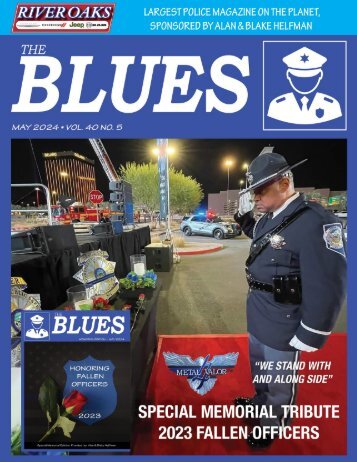
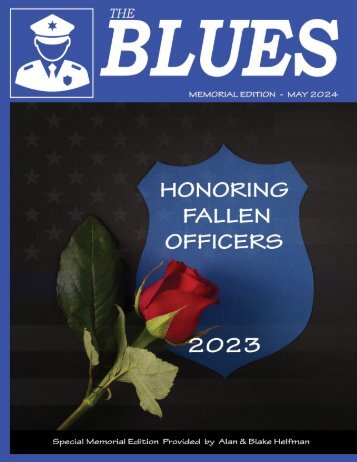



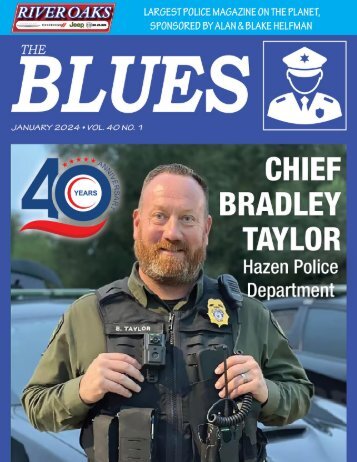




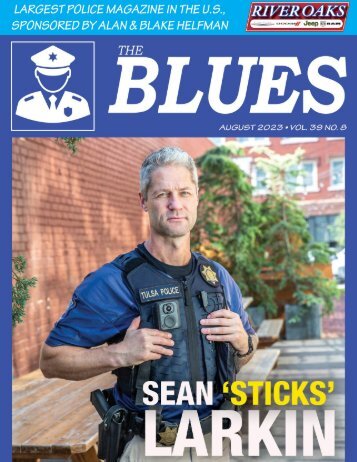



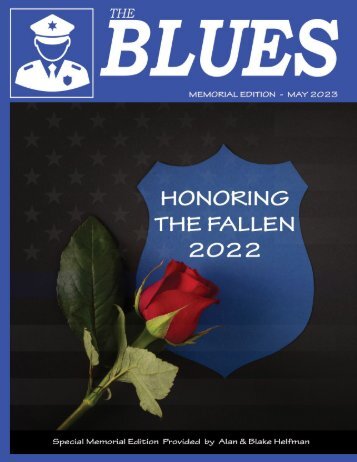


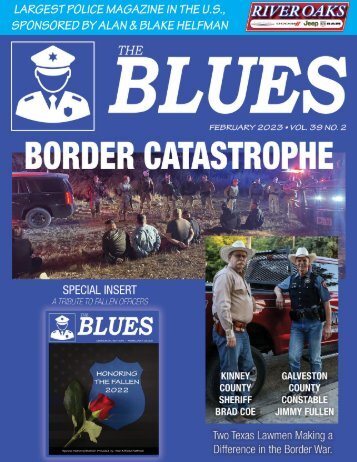
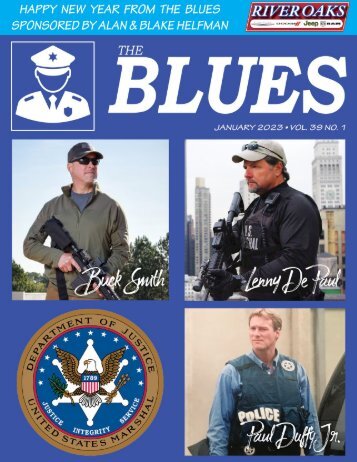



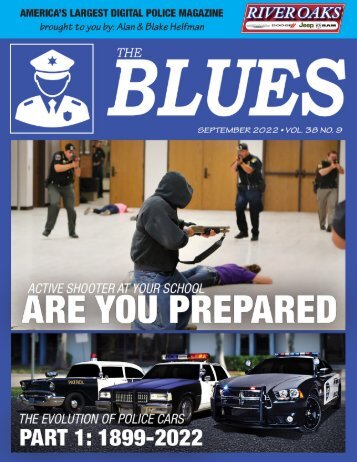


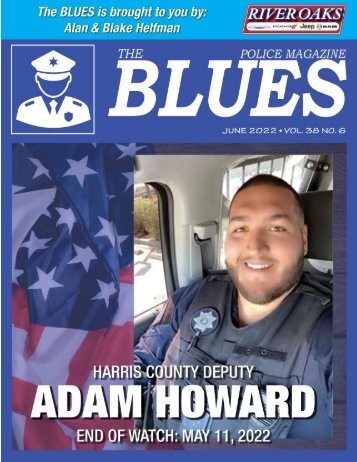




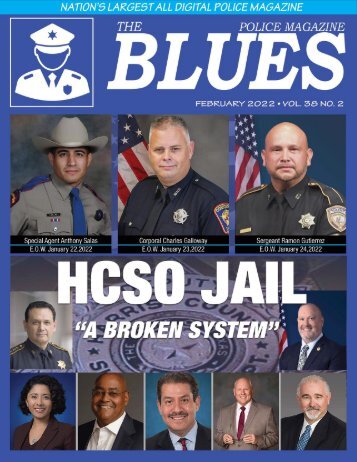
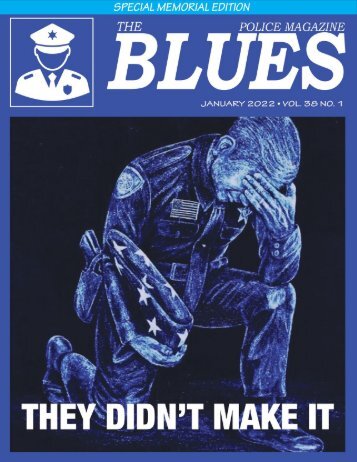


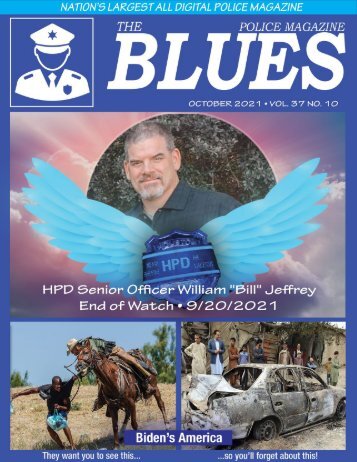
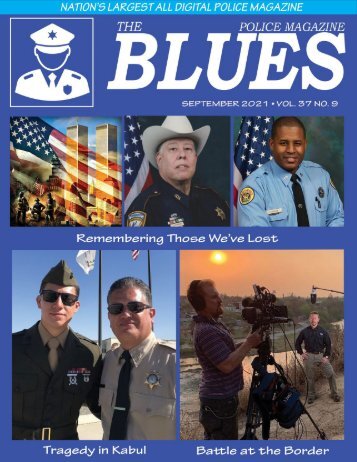



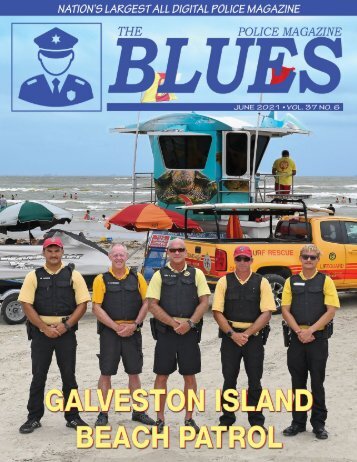

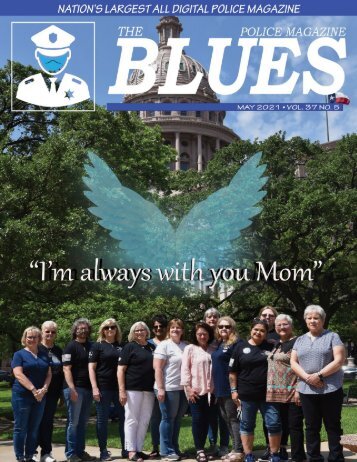


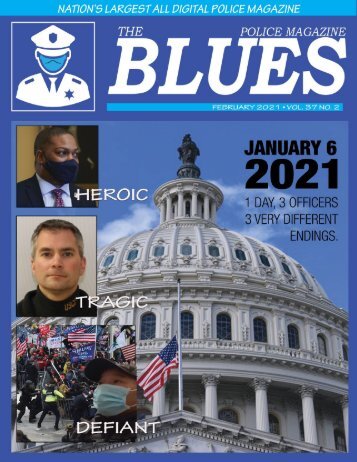


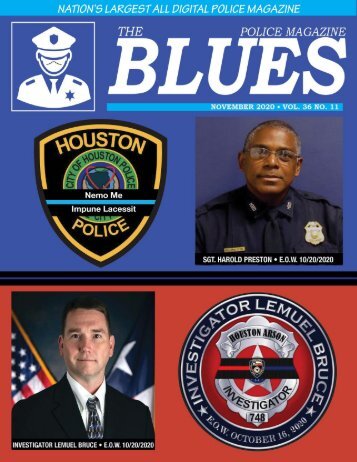


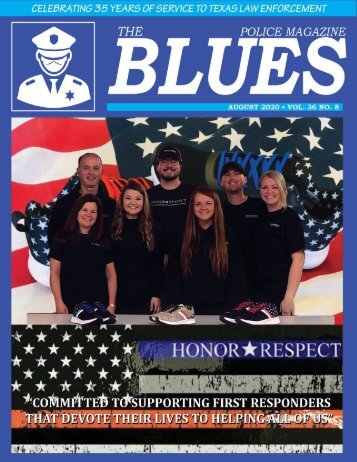

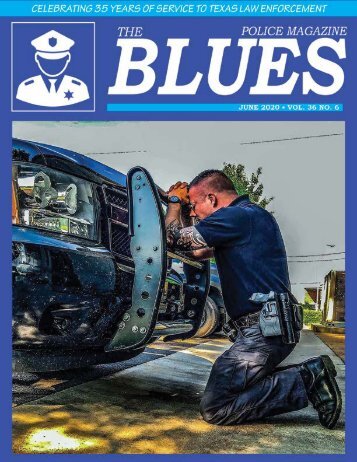

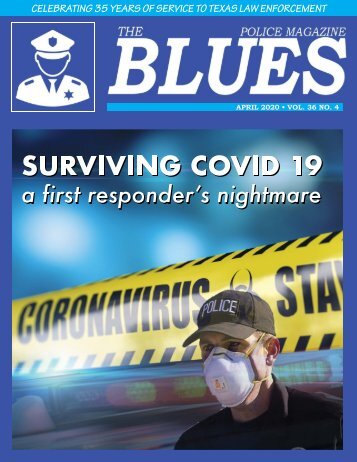

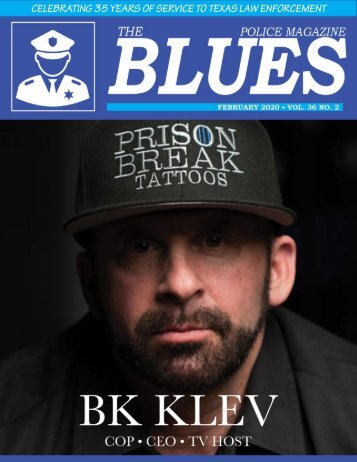

Follow Us
Facebook